Puerto Rico and Crypto: Boiling Point
Story originally published on Medium on July 25, 2018.

There are two parallel narratives playing out on the small island of Puerto Rico. Decimated by Hurricanes Irma and Maria in September 2017, this unincorporated territory of the United States has struggled to recover. While that process has been slow and is well into its tenth month, a new storm has appeared on the horizon. And it could take years to truly assess the impact it will have.
Shortly after the hurricanes passed and the relief efforts began, CoinTelegraph reported in February 2018 that tax advisers were telling their large cryptocurrency clients to move to Puerto Rico. The intention was to take advantage of the extremely low tax rates. It is advice many have already acted upon, including Brock Pierce (EOS), Reeve Collins (Tether), and Bryan Larkin (Blockchain Industries) just to name a few.
Puerto Rico is exempt from a lot of the taxes associated with cryptocurrency. This includes the 20% capital gains tax levied on profits realized by the sale of crypto assets. In addition to the capital gains, Puerto Rico has a paltry 4% corporate tax rate compared to the mainland US where it can reach as high as 40%.
These tax advantages have piqued the interest of many in the cryptocurrency space. With notable individuals like Pierce and Collins already inhabiting the island, others are making plans to join them soon. Their goal is to create a Caribbean Silicon Valley. A technological mecca, the perfect blend of paradise and innovation.
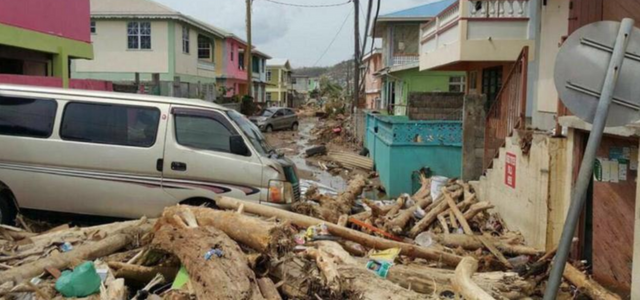
If only the locals would cooperate
Puerto Rico is an island of people who have had a long, hard history. The island had a thriving indigenous population between the 7th and 15th centuries AD. The Taíno people called the island Borikén and lived in small villages, very similar to many of the indigenous populations found across the Americas. In 1493, the island changed forever with the arrival of the Spanish.
The infamous Christopher Columbus landed on Borikén during his second voyage and renamed the island San Juan Bautista. The island would be renamed again later on. Despite attempts to protect indigenous populations, they eventually fell into forced labor and slavery. One of the many reasons Columbus is remembered in a much darker light than what we learned in grade school.
When an early 19th century independence movement blossomed, Spain responded with an influx of Spanish immigrants to flood the island, killing the movement from the inside. Spanish control continued until 1898 when the United States invaded and Spain conceded the island during the Spanish-American War.
Since coming into control of the island, the United States has maintained a certain level of distance from the island and its people. Slowly ceding decision making powers over time, local elections and opportunities to change the islands political status became a possibility. Long has the debate between statehood and independence raged on the island. With an ailing economy and new problems, that battle has only intensified.
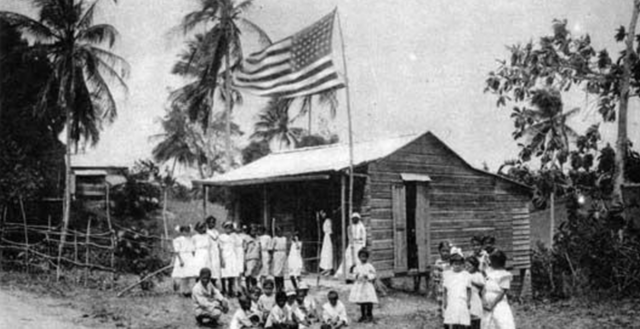
September 20th, 2017
No one told Hurricane Maria that she had just been downgraded to a Category 4 storm. She lashed Puerto Rico with winds as high as 175 MPH, flooded coastal cities, and tore roofs off buildings and knocked down those that had not been built to sustain the monster raging outside of them.
Already weakened by Hurricane Irma less than a month prior, the island was a sitting duck. Another storm of any size was going to cause severe damage. But a hurricane of this magnitude? It was going to change the landscape of the island forever. When the storm passed the next day, the outcome was nothing short of a catastrophe.
The price tag for 24 hours of raging winds, rain, and waves? Between $45-$95 billion. As the weeks passed after the storm, the death toll rose. Some estimates are conservative, but further research shows that the number could be as high as 5,000 dead. Both from the storm and the continued calamity of a undersized relief effort over the following months.
Puerto Ricans are US Citizens, so the expectation on the island was that relief and help was already on its way. Except, it wasn’t. At least not in the time or scale that was needed for such a devastating event. Three months after the storm, half of the island was still without power. Even now, the island still struggles to provide basic necessities for a large portion of the population.
Because of the sheer scale of the destruction, many Puerto Ricans migrated to the mainland United States. Last estimates suggest between 200,000 and 500,000 people left the island. No one knows for sure. And most of them are unlikely to ever to return to their homes.
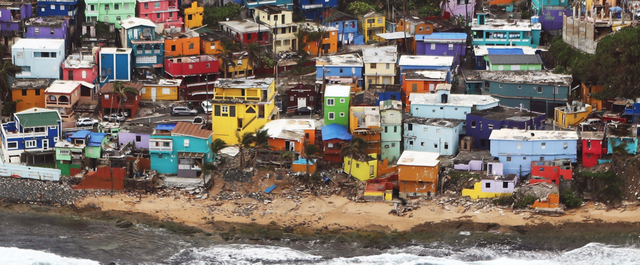
New Wave of Neo-Colonialism
With as many as a half million residents now gone from the island, a vacuum had been created. Whole communities abandoned. An endless string of destitute homes sat empty and ripe for the taking. At least, it appears that was how the opportunists within the cryptocurrency elite saw it.
What is described by locals on the island as neo-colonialism, these rich and powerful are exploiting the continued desperation of the island’s inhabitants by buying swaths of land for discounted prices with the plan of gentrifying and developing it into something better.
The locals welcome renewed interest in Puerto Rico and the money that will come with it. But the consequences of those decisions are a contentious topic within that welcome. A recent ABC News Australia video segment reported extensively on the battle between the future and the present in Puerto Rico.
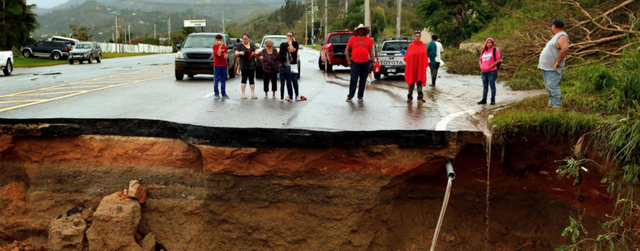
Help or Exploitation?
The pivotal argument here is, are these tech leaders moving in to help? Or are they here to exploit a disaster? The feeling you get from the locals is that these non-Spanish speaking, first-time visitors, who look nothing like them, are here to colonize their broken land, not there to help them fix it.
Listening to the likes of Pierce and Collins, they try hard to convince others that their primary purpose for appearing on the island now is to make Puerto Rico a better place. The tax advantages and looser regulations are simply a secondary benefit for being so helpful.
What I find particularly intriguing is the spin is that the devastating events of the past ten months have now given the island an opportunity to become this hub of innovation. What is omitted is the timing of this newfound belief. Most of these tax laws and regulations are new, designed to entice people to return to Puerto Rico.
With new tax laws on the books, and the willingness of locals to sell their decimated homes for pennies on the dollar, opportunists are flocking to the island. Without the hurricane, Puerto Rico probably would have continued to go relatively inconspicuous by the United States public as well as the cryptocurrency elite.
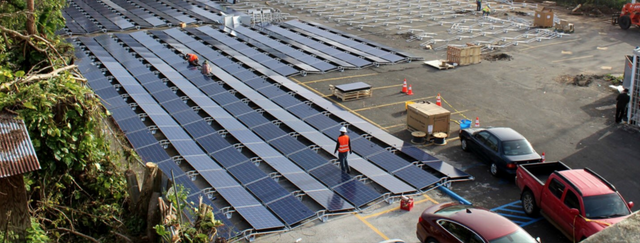
Potential Benefits
Despite the motivations for why now is such an opportune time for cryptocurrency to save the island of Puerto Rico, there are some legitimate benefits that could come from this influx of wealth to the island.
With the proliferation of services accepting cryptocurrency and the small island population, cultural adoption of digital currency by the general public could be quickly accelerated. This adoption would provide an opportunity for the residents of the island to improve their quality of life. From buying food to paying for construction on home repairs, peer-to-peer transactions could expedite the recovery process.
New populations attract new business. An influx of wealth would create a demand for new businesses and new industries. Puerto Rico is one of the poorest islands in the Caribbean, struggling to balance the books for years. New consumer spending would mean new tax revenue to help the government provide vital services and shrink the debt.
A more stable economy and a presence of wealthy residents would be a boon for tourism. In the Caribbean, most island nations rely heavily on tourism as one of their top money makers. With the devastation from the hurricanes and the weak economy, tourism would be greatly improved if the offerings of Puerto Rico were also improved.
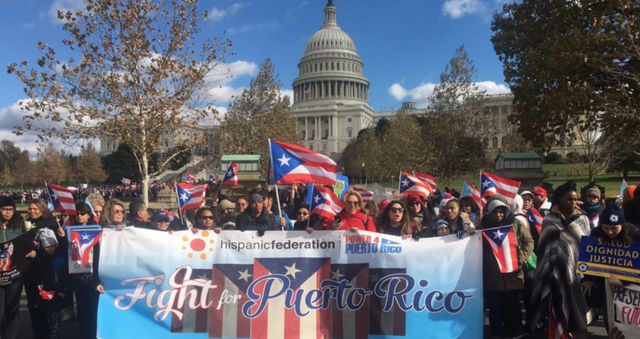
But at what cost?
With a higher concentration of money moving to Puerto Rico, it may force the US Government’s hand to change the tax policies for the island. With the goal being to capture more of the tax revenue they are missing out on. However, those changes could also affect the local population, putting an already struggling economy in an ever harder position to recover.
Despite technically being a part of the United States and being US Citizens, Puerto Ricans have a vibrant culture and the local people that differ from your ‘traditional American.’ Those identity conflicts are already being revealed. You can see this issue rear its head during the last portion of the ABC News Australia video posted earlier.
The underlying concern is the stripping away of the Puerto Rican identity. The music is beautiful and unique. The language is different and elegant (primarily Spanish). The people are strong and resilient. Their identity is built upon the struggles of their island and the long history of distant, unrecognizable rulers.
Now they are feeling threatened by wealthy invaders who look to colonize their damaged land. One of the most common characteristics of wealth is exclusion. There is power in being able to have what others cannot. To be able to enjoy a life much better than those that are unable. The trips, the toys, the parties, the experiences; all luxuries shared by the rich.
There is fear that the wealthy moving to Puerto Rico will create gated, isolated communities in which they would have very little positive affect on the local population. A real, tangible concern. Segregation via gentrification. Companies and businesses would sprout up to serve these wealthy few, and they would serve them exclusively.
There is one thing however that can make this experiment work that would make these tech leaders be seen less as conquerers and more as contributors-
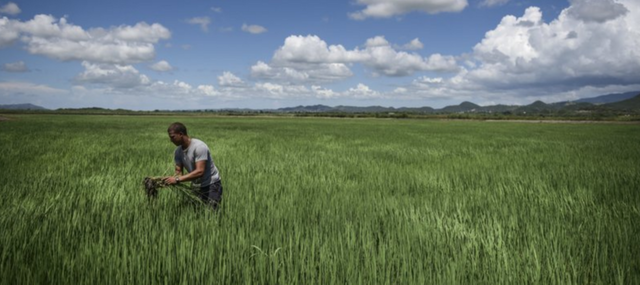
Integration
Local fears stem from the island’s history. Too often they have been told to be something they are not. The Taíno people were told to be Spanish. The Spanish were told to be American. The wealthy crypto elite present just another invasion of “others.”
“When in Rome, do as the Romans do.” A common saying when visiting a foreign land that means you should adhere to the behaviors and customs of that land. It is a sign of respect and appreciation for the culture you are currently experiencing.
In this case, “When living in Puerto Rico, do as the Puerto Ricans do.”
Wealthy and powerful people tend to bring their comforts with them when they move. They may take part in some local traditions, but also import a large portion of their traditions along with their belongings. Like any migration, with enough people and time, entire cultures can change.
However, if these crypto elite’s intentions are true and if they truly want to help the island recover and grow into a leader, both technologically and economically, they will need to leave those expectations behind.
Spread out across the island, learn the culture, learn the language, and most importantly, leave the suit of armor back on the mainland. The people of Puerto Rico need partners, need friends, need guidance, need opportunities. One thing they don’t need are saviors.
Full immersion into the culture will open the local population up to hearing your ideas. And maybe even accepting your help. A mentor once told me, “No one cares how much you know until they know how much you care.”
The only way the people of Puerto Rico do not feel like they are being invaded once again is for those involved to spend less time focused on building the Caribbean Silicon Valley and more time focused on building the Island of Puerto Rico.
ABC News Australia: